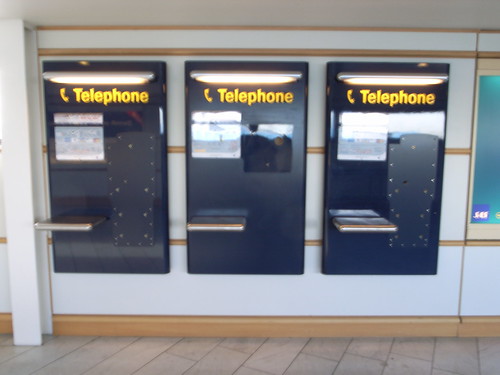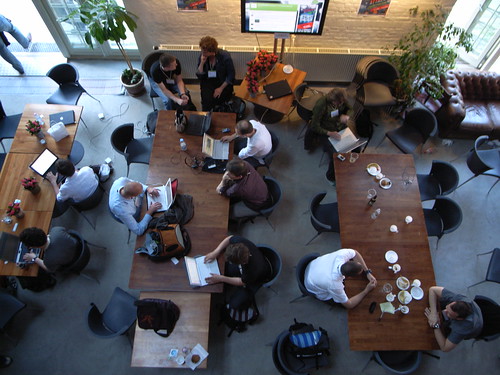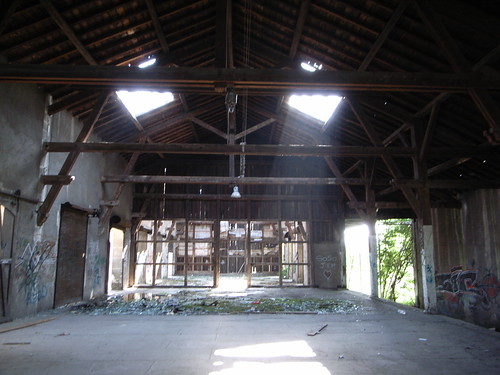The last issue of IEEE Spectrum is about "megacities" and how to solve some of the big engineering challenges we face as the world's cities multiply. There is a good bunch of articles about various topics. Some notes about the one I've been interested in: How to See the Unseen City By Sandra Upson That paper is about the density and complexity of subterranean networks which mirrors the congestion wealthy cities experience at their surface. What is interesting from a human perspective is that quote
"To many city dwellers—and even to many city officials—underground infrastructure is both out of sight and out of mind. When inspecting pipes, the city commonly uses electronic listening equipment as its first line of defense. Maintenance workers dangle a microphone down a manhole and attach it to a water main to assess whether flow has been disturbed by a leak. More detailed checks are conducted from within a pipe, using what is essentially a video camera on wheels. (...) Fixing a break in a line, whether pipe or wire, also entails finding it—and knowing what else might lie above it. Although individual utilities each have approximate maps of their own infrastructures, few have coordinated closely with other agencies. (...) Those who dig a hole also run the risk of unearthing a bone or two. To reclaim valuable real estate, many cities had to exile their cemeteries, which moved their headstones outside city limits but often left the bodies behind. (...) Vertical cemeteries by no means indicate that the underground frontier has been fully conquered."
How to Fight Crime in Real Time By William Sweet and Stephen Cass Rapid data retrieval that accelerates investigations in NYC is a topic tightly connected to ubicomp and foucauldian concerns. The articles describes how works the central computerized control room, the Real Time Crime Center (RTCC), which focus is “simply to speed up police reactions in emergencies, where seconds can be a matter of life and death.”
"Standing in the RTCC with Onalfo and D’Amico on a quiet spring afternoon, facing a theater-size display divided into six or seven changing rectangles, the lead author of this article gets a briefing on how the system works. To the lower left, there’s what’s often called a ticker (though it does not really resemble a list of stock quotations), showing a list of crimes reported in emergency calls to 911 or by officers to dispatchers. A red dot alongside an entry indicates the crime is in progress and deserves priority attention; yellow dots mark resolved situations. Another system of red and yellow dots shows whether police cars are immediately available for action. (...) Access to the data warehouse is granted only with passwords backed by the biometric ID cards that all NYPD employees carry, and every query is logged so that any suspicious entry into the system can be investigated"
Articles about garbage in megacities and electric infrastructures black-outs are also important to things in context. See here as well for a whole outline of the special issue.
 (Picture taken yesterday in Geneva)
(Picture taken yesterday in Geneva)
Why do I blog this? these papers gives some context about the reality of urban computing, all of them give a good overview of different aspects regarding urban issues.


 (Sparkline designed by Matt Biddulph)
(Sparkline designed by Matt Biddulph)









